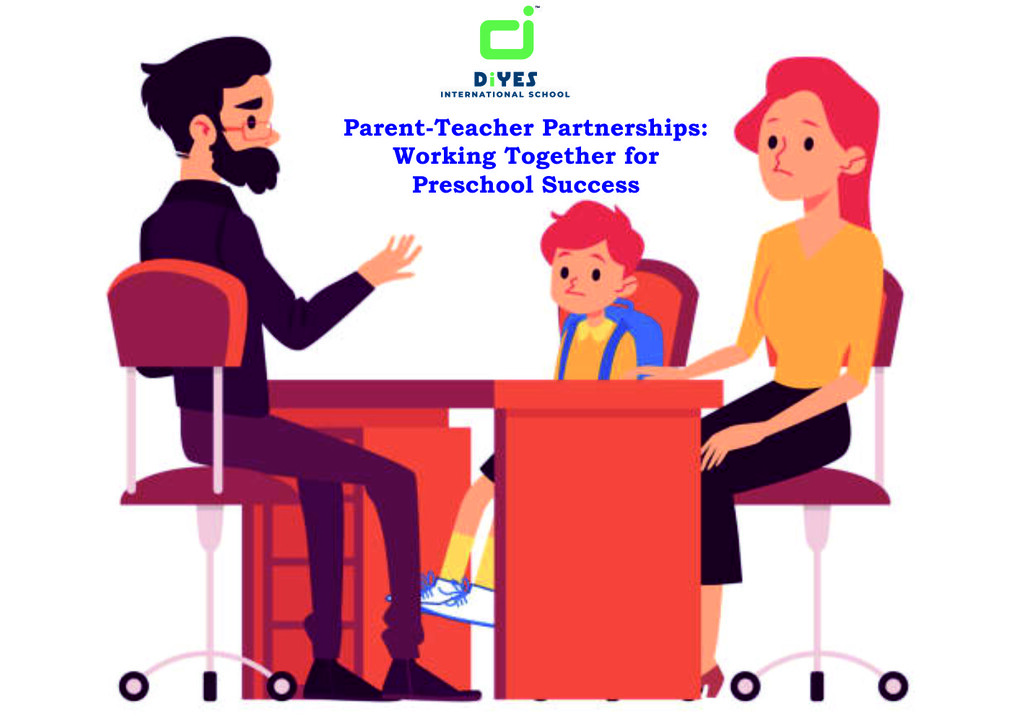Collaborative Learning: Parents, Teachers, Students Unite
The Power of Collaboration
Collaboration between parents, teachers, and students is a cornerstone of effective education. When these stakeholders work together, they create a powerful support system that fosters academic success and personal growth for students. By leveraging their unique perspectives, insights, and expertise, parents, teachers, and students can create a learning environment that is inclusive, supportive, and engaging for all.
Building Strong Partnerships
Strong partnerships between parents, teachers, and students are essential for creating a cohesive learning community. Parents play a vital role in supporting their children’s education by providing a supportive home environment, reinforcing learning concepts, and advocating for their children’s needs. Teachers bring expertise in curriculum design, instruction, and assessment, while students contribute their unique perspectives, interests, and learning styles. Together, these stakeholders form a collaborative team that is dedicated to the success of every student.
Fostering Communication and Trust
Effective communication and trust are the bedrock of successful collaboration. Parents, teachers, and students must communicate openly and honestly, sharing insights, concerns, and ideas in a respectful and constructive manner. Trust between all parties is essential for creating a supportive learning environment where everyone feels valued, respected, and heard. By fostering a culture of transparency, empathy, and mutual respect, parents, teachers, and students can build strong relationships that support academic achievement and personal growth.
Empowering Student Voice and Choice
Empowering student voice and choice is central to collaborative learning. When students are actively involved in decision-making processes, they become more engaged, motivated, and invested in their own learning journey. By providing opportunities for students to express their interests, preferences, and goals, parents and teachers can tailor instruction to meet individual needs and foster a sense of ownership and autonomy. When students feel empowered to take ownership of their learning, they are more likely to succeed academically and develop a lifelong love of learning.
Creating a Supportive Learning Environment
Creating a supportive learning environment is a shared responsibility among parents, teachers, and students. Parents can support their children’s education by establishing routines, providing a quiet study space, and encouraging a positive attitude towards learning. Teachers can create a welcoming classroom environment, differentiate instruction to meet diverse needs, and provide opportunities for collaboration and inquiry-based learning. Students can contribute to a supportive learning environment by actively participating in class discussions, respecting their peers, and taking responsibility for their own learning.
Promoting Equity and Inclusion
Promoting equity and inclusion is a fundamental aspect of collaborative learning. Parents, teachers, and students must work together to create a learning environment that is inclusive, welcoming, and supportive of all students, regardless of their background, abilities, or identities. By acknowledging and valuing diversity, addressing systemic barriers to learning, and fostering a culture of acceptance and belonging, parents, teachers, and students can create a more equitable and inclusive educational experience for all.
Celebrating Success and Growth
Celebrating success and growth is essential for reinforcing positive behaviors and motivating continued progress. Parents, teachers, and students should celebrate academic achievements, personal milestones, and moments of growth and resilience. By recognizing and affirming students’ efforts and accomplishments, parents and teachers can boost students’ self-esteem, confidence, and motivation to succeed. When students feel supported and valued, they are more likely to persist in the face of challenges and strive for excellence in their academic pursuits.
Embracing Continuous Improvement
Embracing continuous improvement is key to fostering a culture of lifelong learning and growth. Parents, teachers, and students should embrace feedback, reflect on their experiences, and seek opportunities for growth and development. By working collaboratively to identify areas for improvement, set goals, and implement strategies for growth, parents, teachers, and students can create a dynamic learning environment that adapts to the evolving needs and interests of all stakeholders. Through a shared commitment to continuous improvement, parents, teachers, and students can ensure that every student receives the support and resources they need to achieve their full potential. Read more about parents teachers and students working together


